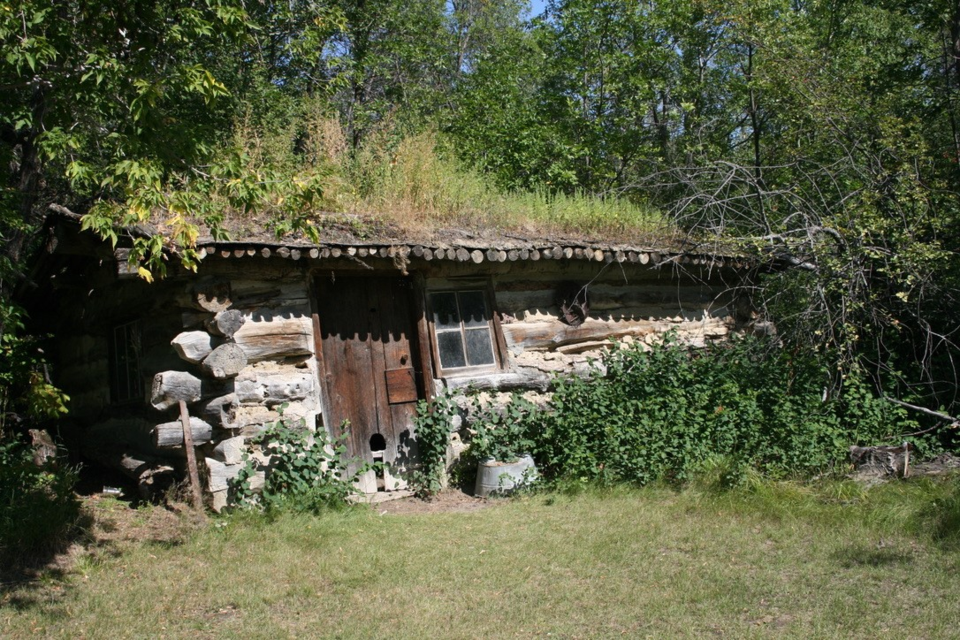Years ago, the folks at the Riverhurst Museum suggested a visit to the Hitchcock Cabin on the west side of Diefenbaker Lake.
The museum has some of the pioneer rancher’s gun collection.
Jack Hitchcock was one of those early West characters, a rancher, conservationist and recycling fanatic.
Crossing the South Saskatchewan River in 1903, the Quebec-born settler found springs in a coulee leading to the river where he built his cabin in 1904.
The cabin is available for viewing thanks to the Janke family, who own the former 4-H Camp Rayner property.
A 10-minute walk through a treed trail leads to a clearing where the cabin and smoke house sit. An Anglican church from nearby Sunkist sits on the other side.
The plan once was to develop a heritage village but that was scotched when 4-H had to sell the camp.
Barb and Reine Janke of Rosetown bought the property 20 years ago, converting it into Hitchcock Hideaway — a seasonal camping spot with cabins, fishing, hiking and golf.
They maintain the log cabin and church and have a Hitchcock photo display in the former 4-H lodge. The church also holds Hitchcock-related artifacts.
Before coming to Saskatchewan in 1894 Hitchcock apprenticed as a steam engineer in Massachusetts, earning six cents an hour.
Earning his masters in the trade at age 19 he came west, worked for the famous Matador Ranch, then moved back to his native Quebec to get married.
His wife’s family didn't want her to go West, so he came back leaving his pregnant wife behind. When she did come, she wanted nothing to do with the cabin and wilderness, returning East.
Hitchcock decided to stay for the winter — apparently a 60-year long winter.
A great sharpshooter, regularly out-shooting the well-trained Mounties, he boasted at age 93 that he was still the best shot around.
He built everything he needed — beds, chairs, stools, carved chess sets, and made bow and arrows for hunting.
His handiwork, somewhat the worse for age, is in the cabin. A key-hole shaped entrance at the bottom of the door was for cats.
Wonder if any raccoons or skunks ever used it?
Like many settlers Hitchcock had a fetish about re-using things — tin cans, fruit pits, wrappers.
The old timer claimed to be the first white settler on the west side of the river. His storytelling off the old days was legendary.
He had a daughter from the short-lived marriage.
The pioneer died in 1964, living in a Saskatoon seniors’ home and never saw the lake created next to his cabin.
Hitchcock Bay and the Resort Village of Hitchcock Bay, now with 168 “cottages” are named for the pioneer.
Ron Walter can be reached at [email protected]




